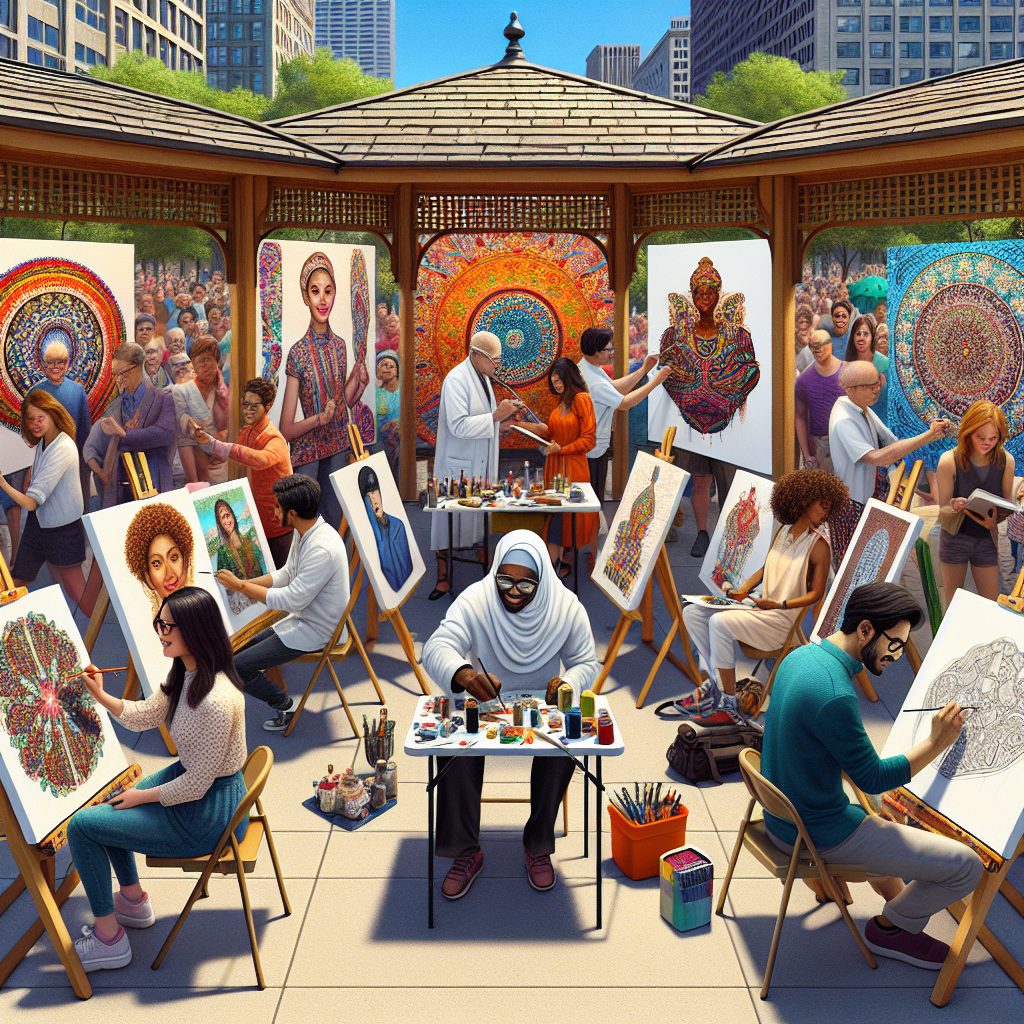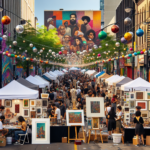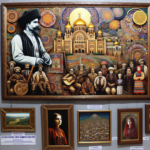-
Table of Contents
Introduction

Art has always been a powerful tool for empowerment and social change. In Indonesia, the use of art as a means of empowering marginalized communities has gained significant momentum in recent years. Through various art competitions, these communities are given a platform to showcase their talents, express their stories, and challenge societal norms. This article explores the importance of art in empowering marginalized communities in Indonesia and highlights the impact of art competitions in fostering inclusivity and social change.
The Power of Art in Empowering Marginalized Communities
Art has the ability to transcend language barriers and communicate emotions and experiences in a universal way. For marginalized communities, art provides a means of self-expression and empowerment. It allows individuals to reclaim their narratives, challenge stereotypes, and create a sense of belonging. Through art, marginalized communities can amplify their voices and bring attention to the issues they face.
In Indonesia, where various marginalized communities exist, art has become a powerful tool for social change. It has been used to address issues such as poverty, gender inequality, discrimination, and environmental degradation. By engaging in artistic activities, individuals from these communities can develop a sense of agency and contribute to the transformation of their own lives and communities.
The Role of Art Competitions
Art competitions play a crucial role in empowering marginalized communities in Indonesia. These competitions provide a platform for individuals to showcase their artistic talents and gain recognition for their work. They also create opportunities for networking, collaboration, and learning from other artists and professionals in the field.
One notable example is the “Seni dan Pemberdayaan” competition, which translates to “Art and Empowerment.” This competition specifically targets marginalized communities and aims to promote inclusivity and social change through art. It encourages participants to explore themes related to their own experiences and challenges, allowing them to express their unique perspectives.
Impact on Marginalized Communities
Art competitions have had a profound impact on marginalized communities in Indonesia. Firstly, they provide a sense of validation and recognition for individuals who have often been overlooked or marginalized by society. Winning or even participating in these competitions can boost self-esteem and confidence, empowering individuals to pursue their artistic passions further.
Furthermore, art competitions create a sense of community among participants. They bring together individuals from different backgrounds and experiences, fostering a supportive environment where artists can learn from each other and build lasting connections. This sense of community is particularly important for marginalized individuals who may feel isolated or excluded from mainstream society.
Art competitions also serve as a platform for raising awareness about the issues faced by marginalized communities. Through their artwork, participants can shed light on social injustices, challenge stereotypes, and provoke meaningful conversations. This not only helps to educate the wider public but also encourages empathy and understanding towards marginalized communities.
Success Stories
Several success stories have emerged from art competitions focused on empowering marginalized communities in Indonesia. One such story is that of Sinta, a young woman from a rural village who participated in the “Seni dan Pemberdayaan” competition. Sinta used her artwork to depict the struggles faced by women in her community and the importance of education in breaking the cycle of poverty. Her powerful message resonated with the judges, and she won the competition. As a result, Sinta gained recognition for her talent and was able to secure a scholarship to pursue further education in the arts.
Another success story is that of a group of street children who participated in an art competition organized by a local NGO. Through their artwork, these children expressed their dreams, hopes, and challenges. Their artwork was exhibited in a gallery, attracting attention from the public and media. This exposure not only gave these children a sense of pride and accomplishment but also raised awareness about the plight of street children in Indonesia.
Conclusion
Art competitions have proven to be a powerful tool for empowering marginalized communities in Indonesia. Through these competitions, individuals from marginalized backgrounds can showcase their talents, express their stories, and challenge societal norms. The impact of art competitions goes beyond recognition and validation; they create a sense of community, raise awareness about social issues, and foster inclusivity and social change. As Indonesia continues to embrace the power of art, it is crucial to support and promote more art competitions that prioritize the empowerment of marginalized communities. By doing so, we can create a more inclusive and equitable society where everyone’s voices are heard and celebrated.




